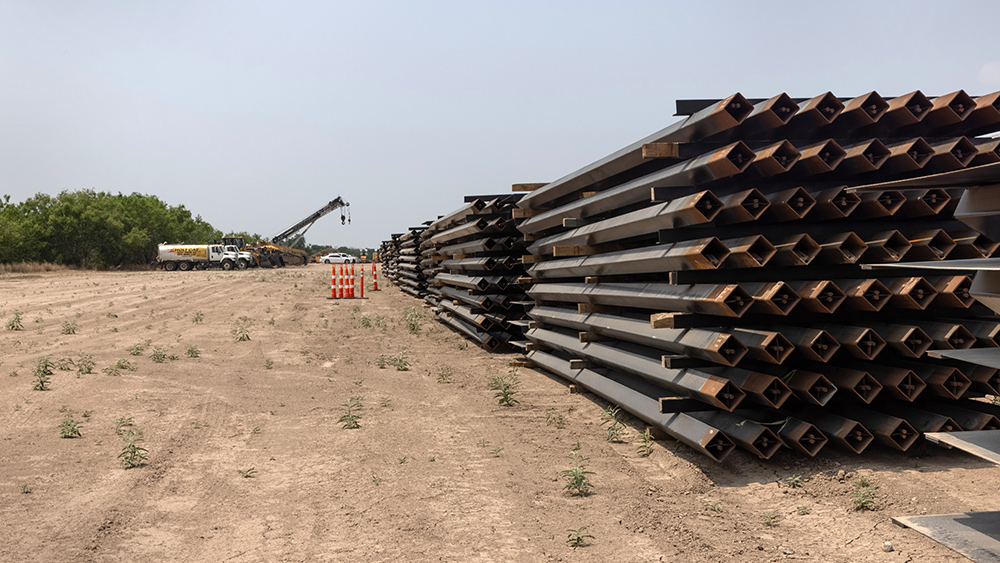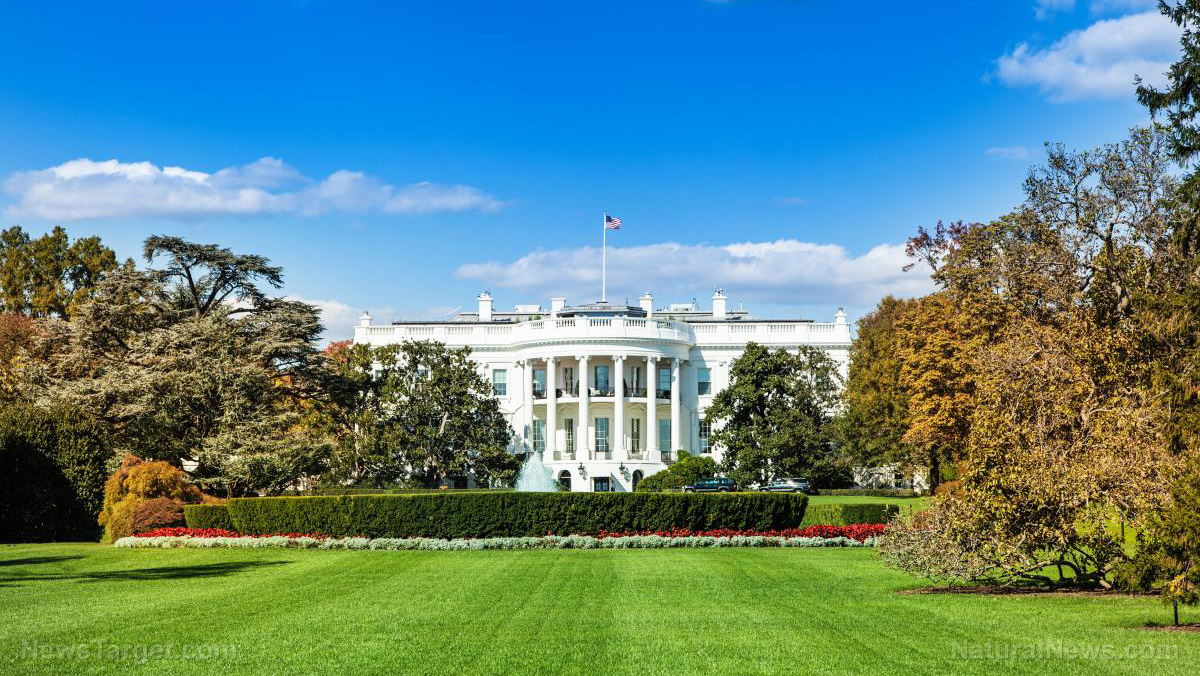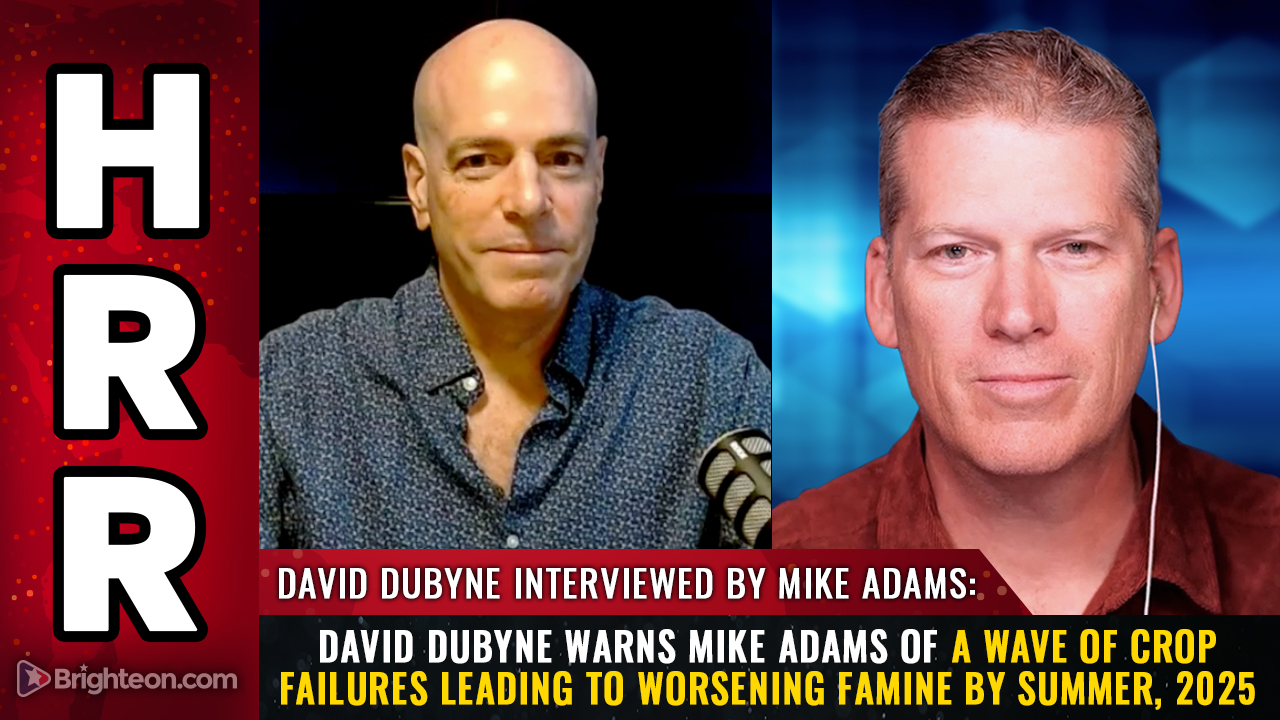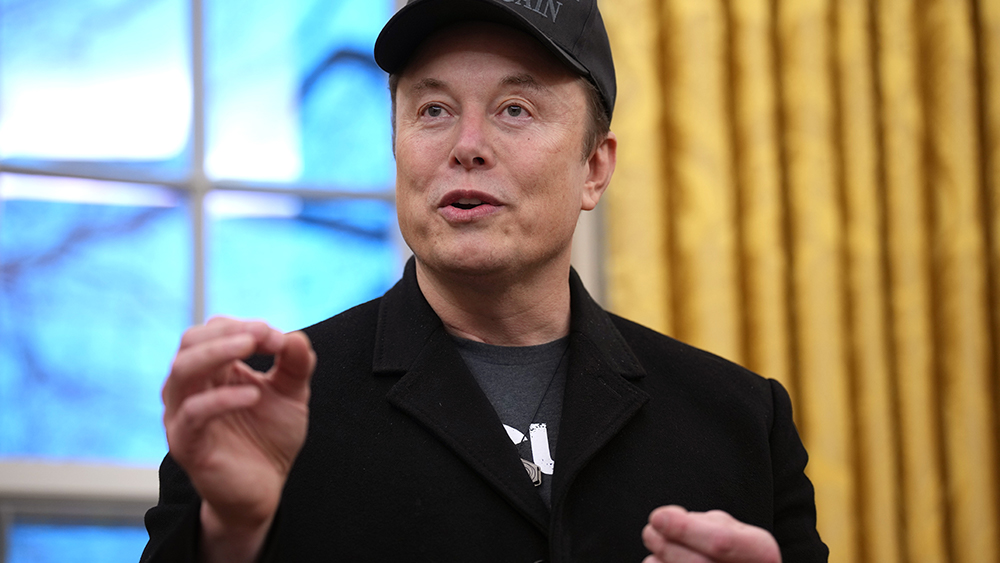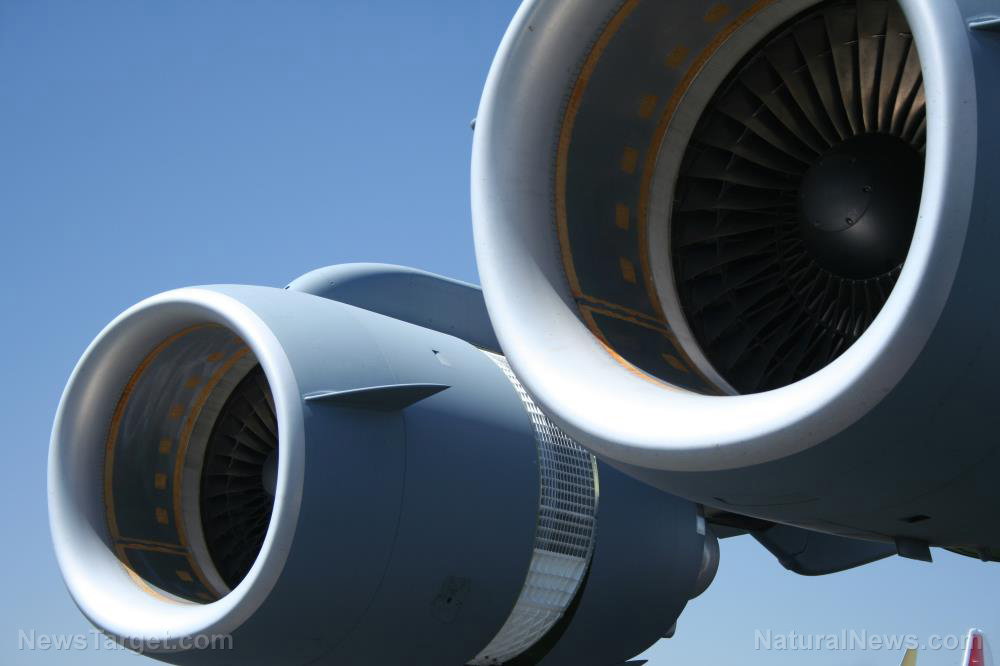 Parler
Parler Gab
Gab
- U.S. tariffs on Chinese goods rose to 145%, the highest in over a century, while China retaliated with a 125% tariff on U.S. exports. The April 2025 "Liberation Day" trade package marks a decisive new phase, worsening supply chain disruptions and threatening global commerce.
- U.S. firms (e.g., Amazon, Walmart) cancel orders; Chinese manufacturers face unprecedented slowdowns. Companies struggle with razor-thin margins — e.g., Ace Headwear (Fila supplier) can’t absorb costs, predicting higher U.S. consumer prices.
- China’s urban congestion (a manufacturing proxy) dropped 6.3% year-over-year in March. Goldman Sachs and BloombergNEF data suggest worsening declines, with U.S.-China trade imbalances exacerbating China’s economic strain.
- The conflict stems from 2019 U.S. tariffs on steel/aluminum, escalating into broader trade decoupling. Canada and Mexico benefit from USMCA exemptions, while other nations retaliate against Chinese exports.
- Policy uncertainty disrupts supply chains, with Fed warnings of potential 5% U.S. inflation. Long-term Sino-American economic interdependence is fraying, risking irreversible damage to global trade structures.
Tariff shockwaves impact factories, prices and employment
The surge in duties has left Chinese manufacturers in a bind. Chen Qingxin, a Guangdong-based toy entrepreneur, recounted a client’s order cancellation minutes after an 84% tariff hike — the latest in a series of punitive tariffs — rendered further discounting impossible. “No room for doing business anymore, for both sides,” Chen told The Wall Street Journal, emphasizing the emotional toll on long-term partnerships. Similar stories echo across industries. Ace Headwear founder Jeffy Ma, who supplies brands like Fila, noted he can no longer absorb tariffs with profit margins as thin as 5%. “This could be a massive hit to American consumers and families,” Ma warned, arguing higher prices will ultimately trickle down. For U.S. retailers, cost-cutting measures have reached extremes. A client of PVC pipe exporter Chen Qirun in Guangdong recently pleaded for a 25-30% price reduction, despite prior negotiations. “We’ve never seen such humility,” Chen said, as manufacturers seek alternatives in Asia and the Middle East. Still, experts caution that global demand cannot offset steep U.S. sell-offs quickly. Capital Economics predicts Chinese exports to the U.S. could fall by over half if tariffs stay in place.Economic indicators signal worsening headwinds ahead
Data from Goldman Sachs and BloombergNEF reveal nascent damage to China’s export engine. Urban congestion — a proxy for manufacturing activity — fell 6.3% year-over-year in March alone, with much worse likely after April 3’s tariff blitz. “High-frequency indicators like traffic and production show the trade war’s drag,” explained Treasury Secretary Scott Bessent, noting China’s reliance on U.S. trade. “They’re the surplus country—their exports to us are five times our exports to them.” The numbers underscore a precarious scenario. Even before April’s most aggressive tariff hikes, China’s road traffic in major cities was 3% below 2024 levels. A March 2025 BloombergNEF study found congestion at its lowest since 2019 for the same timeframe. Analysts fear the next updates will show deeper contractions as order cancellations pile up.Historical context and global repercussions
This trade war traces its roots to Trump’s 2019 steel and aluminum tariffs, which aimed to counter China’s alleged dumping and intellectual property theft. Over subsequent years, punitive measures ebbed and flowed, but the April 2025 “Liberation Day” package marked a decisive escalation: 25% tariffs on steel, 10% on aluminum and spiraling blanket levies. The U.S. argues tariffs protect domestic industries and incentivize “reshoring.” Yet economists stress that such measures heighten inflation. Federal Reserve Governor Chris Waller recently warned of a 5% inflation spike and a “s crawl in growth” if tariffs stay elevated. Meanwhile, Canada and Mexico — protected by USMCA exemptions — gain manufacturing footholds, while automakers like Mitsubishi idle shipments due to policy uncertainty. China, meanwhile, faces trade retaliation from other nations wary of flooded Chinese exports, further complicating its shift from foreign sales to domestic consumption.Crossroads for commerce as policy uncertainty lingers
The U.S.-China tariff war has reached a fever pitch, with no outlines of a near-term resolution. While Trump claims the US holds the “edge” in its leverage over China’s trade-dependent economy, the human toll—lost orders, shuttered lines and anxious workers—is already visible. For decades, global supply chains have relied on Sino-American interdependence, but today’s hostility risks fragmenting them irreparably. As manufacturers and retailers brace for more volatility, Treasury Secretary Bessent’s words resonate: “Trump goaded China into a bad position.” Whether that serves consumers, workers, or long-term prosperity remains to be seen—a verdict likely etched in the declining congestion figures of China’s once-thrumming factories. Sources include: ZeroHedge.com WSJ.com Finance.Yahoo.comTrump administration secures 18 trade proposals, boosting market confidence
By Cassie B. // Share
Global crop failures and trade wars threaten mass famine by 2025, warns researcher David DuByne
By Finn Heartley // Share
Musk to step back from DOGE to focus on Tesla amid political backlash
By Cassie B. // Share
Tariff tensions escalate as retail giants confront Trump’s trade strategy
By Willow Tohi // Share
Trump’s tariff shift sends shockwaves through air cargo, threatening $22B in revenue
By Willow Tohi // Share
Governments continue to obscure COVID-19 vaccine data amid rising concerns over excess deaths
By patricklewis // Share
Tech giant Microsoft backs EXTINCTION with its support of carbon capture programs
By ramontomeydw // Share
Germany to resume arms exports to Israel despite repeated ceasefire violations
By isabelle // Share
